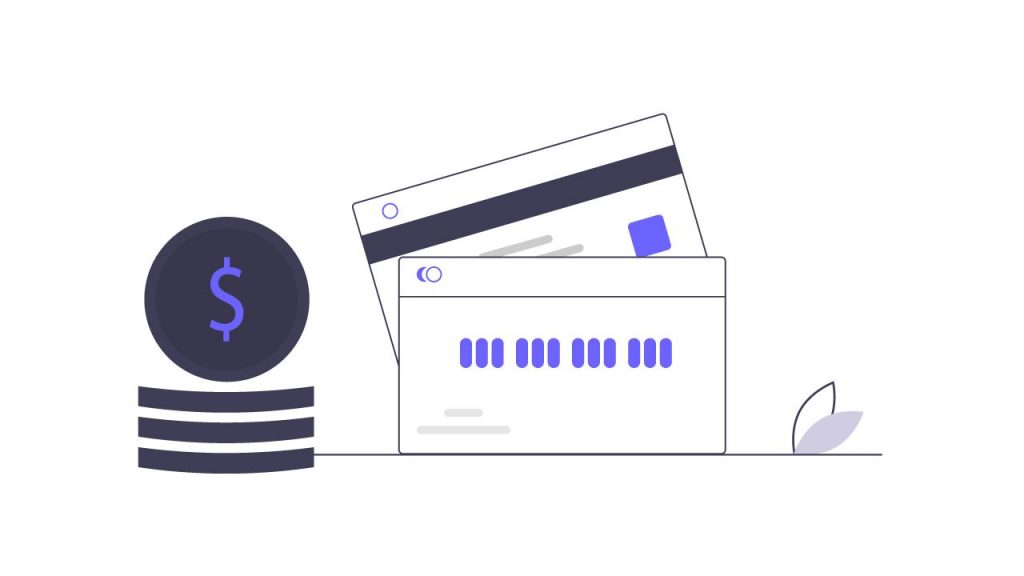Want to expand your business and go international? Great decision! eCommerce is one field that allows vast internationalization opportunities and broadens the consumer base.

However, taking your business to a new level also comes with increased responsibility, as there are significant differences between running local and international companies. For example, landed cost is one of the add-ons to your financial management if you start global sales.
It involves all the expenses associated with international shipping. Therefore, eCommerce business owners should carefully explore it beforehand.
If you’re new to overseas sales and landed cost is unheard-of for you, this blog has you covered. Here you’ll find the landed cost definition and landed cost formula.
What is a landed cost?
A landed cost or a total delivered cost is the sum of all expenses associated with the production and delivery of the product. It includes all the costs lying in between the moment a vendor starts producing an item and the endpoint of delivering the product to the buyer’s doorstep or store shelves.

Calculating the landing cost is especially significant for eCommerce people, as they have to consider importing and exporting expenses in the unit price. When starting international deliveries, additional expenses such as import duties and shipping insurance arise. This and similar costs should be considered in advance to set reasonable selling prices and ensure profit.
Keep in mind that landed cost includes expenses directly related to the product. This means office space or inventory management software expenses are not included in the total landed cost (TLC).
As you might guess, a landed cost can significantly vary depending on which country you want to sell goods to. It’s because of the internal policies of each government, determining the taxes, tariffs, brokerage fees, etc.
So, you should conduct landed cost calculations specifically for the country you want to start your operations in. To help you in that, we will further provide you with a landed cost breakdown and landed cost formula.
Shipping costs
Shipping expenses are one of the critical cost determinants in international sales. How you will organize the physical transfer of your goods to the end consumer significantly matters for its price.
You should consider the shipping zone, packaging dimensions, delivery speed, method, etc. Shipping costs are unavoidable, but you can minimize them by transferring goods production or storage to a location closer to your target buyers.
Dark stores can be one of the solutions to minimize shipping costs. They are specific locations for storing goods, where customers can buy anything without entering the store. This allows dark store owners to cut construction and interior design costs and offer more affordable cooperation terms to vendors.
You can read more on the dark stores’ concept to determine whether it’s a suitable option for your overseas shipment.
Customs and duties
There are specific costs, customs, and duties emerging when products cross the border of another country. According to the country’s internal policies, those expenses vary from country to country. It’s also worth noting that these fees can vary based on the product type.
Generally, both customs fees and duties are unavoidable. However, specific techniques can help you terminate or minimize them.

Customs fees are paid to the accepting country’s customs office. In rough terms, it’s the cost of having and inspecting the goods at the country’s customs territory. However, there are bonded warehouses, where the exporting company is deferred custom duties. This means while the products are at the bonded warehouse, you can skip any taxes and tariffs and pay them only once the products are delivered to distributors or end-users.
Bonded warehouses allow paying taxes only for the goods that company actually sells in the accepting country. Therefore, we highly recommend you check our blog on bonded warehouses not to miss the benefits they can give you.
When it comes to duties, there are two major payment options. They can be paid upfront by the seller or covered by the end consumer upon delivery. In the second case, sellers should agree with the product receivers, verifying that the latter will cover shipping-related duties. Otherwise, there is a risk the clients might reject the delivery send it back to the seller.
There are specific product volumes that can enter a country without customs fees and duties. This is called the minimis value threshold and is $ 800 for the US, as an example. However, they are not applicable for all countries and should be checked in advance.
How to calculate the landed cost?
It’s hard to pinpoint a landed cost formula that works for everyone. This formula depends on many variables related to exported goods and the accepting country’s policies. Therefore, let’s divide the landed cost formula into two types; basic and customized for the specific country.
Basic formula
At its most basic form, landed cost depends on manufacturing costs, shipping costs, shipping insurance, and import duties.
Manufacturing costs include everything that directly goes into the production, such as raw materials.
Shipping insurance is a must-have merchandise protection tool, allowing you to insure yourself against lost, stolen, or damaged goods. To calculate the landed cost formula, you need to add all those costs together.
TLC = Manufacturing + Shipping + Insurance + Duties
It’s essential to determine the expense per product unit, which will allow you to decide the product’s selling prices in a foreign country.
Let’s assume you are about to export 50 units of goods, where:
Manufacturing costs: $1,000
Shipping costs: $300
Insurance: $500
Duties: $10 per item
The overall landed cost will be equal to $1,810. Further, you should extract landed cost per unit from this number, which will be:
$1,000/50 + $300/50 + $500/50 + $10 = $20 + $6 + $10 + $10 = $46
Consequently, the selling price should be over $46 to provide you with profit.
Additional fees
To the above cost formula, you should also add exporting-related fees, depending on your chosen country’s policies. Those fees might include currency conversions, payment, crating, handling, and other expenses.
To sum up
Sometimes, seeing a big picture of your business promotion might take your attention away from details, which can significantly influence your profit. Landed cost is one of the items which unexperienced eCommerce managers might be skip in the planning stage. We hope this blog post provided you with detailed guidance on how this newly emerging expense can influence your business.







